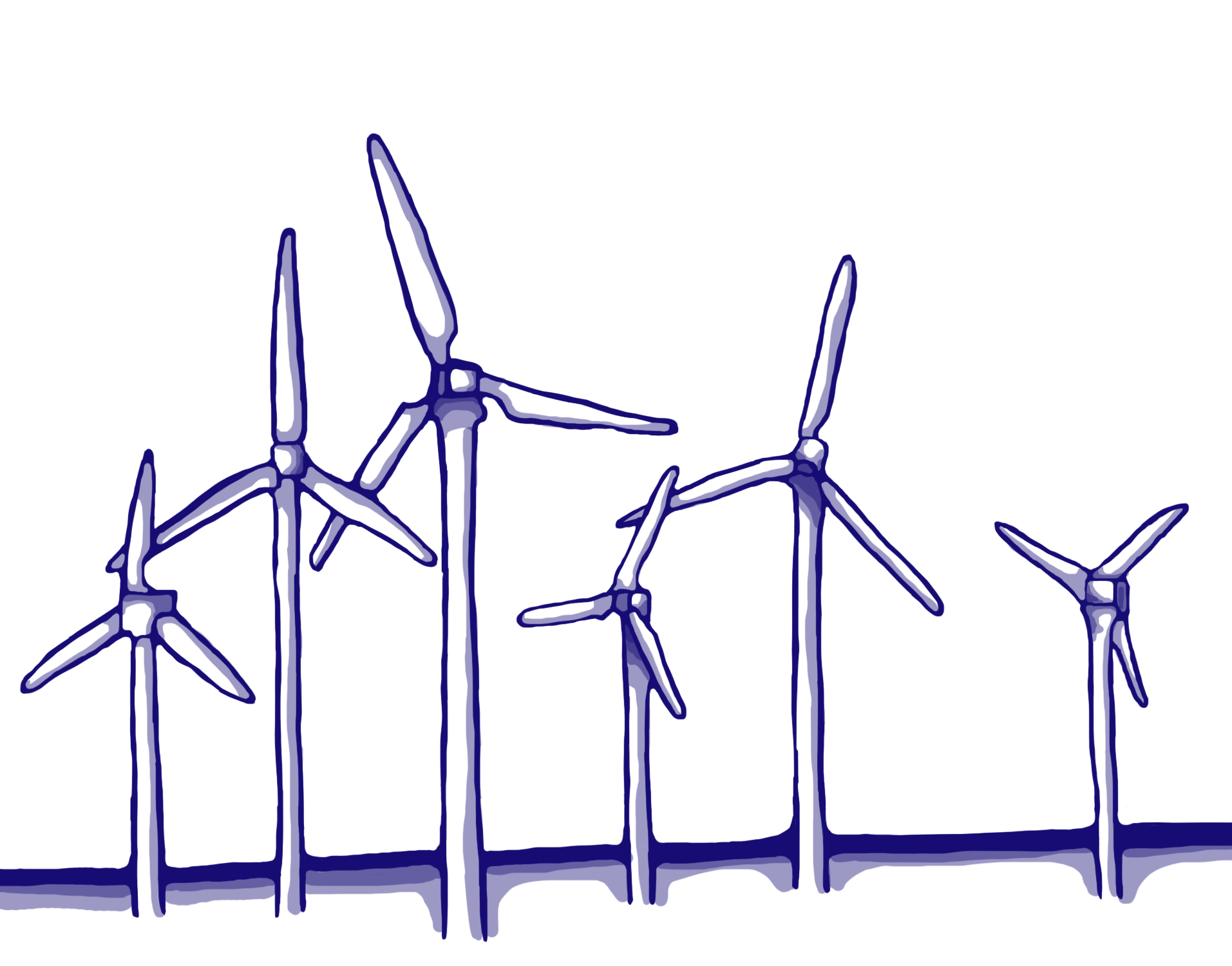
DAN ORZECHOWSKI
News Editor
Overlooking I-90’s exit 59 stands a two-propeller windmill, the energy source for the exit’s toll booth facility. Since 2011, five of these energy giants have been placed south of Buffalo. Thanks to these windmills, thousands of dollars are saved while carbon emissions are reduced.
As early as 5,000 B.C., windmills were used to propel boats on the Nile and to help pump water to grind grain. When the technology reached Europe by 1,000 A.D., countries such as the Netherlands utilized the engineering to help drain lakes and marshes in the Rhine River Delta.
Today, windmills are used to power a wide range of facilities. According to the New York State Energy Research and Development Authority, “One turbine can help power a farm. A group of turbines on a wind farm can power hundreds of homes and businesses.”
Annual savings
The energy we use is usually measured in kilowatts per hour (kWh). It takes about 712,000 kWh to power four of the five thruway facilities in Erie and Chautauqua county every year. Because the windmills produce more than double that (1,485,000), the remaining energy is used to cover costs at other sites.
According to Jessica Mazurowski, the public information officer for NYS Thruway Authority, these windmills are responsible for an annual savings of $300,000.
“Each of these locations, in addition to net metering, send excess production back to the utility company, which is then used to offset costs at other designated facilities of the thruway system
within [the] Buffalo Division.
How they work
Don’t go on the lookout for a windmill in the city because you’re probably not going to find one. That’s because windmills excel in rural areas — like farms and ranches, where winds tend to be stronger.
The direction of the wind determines the design of each turbine. For upwind areas, turbines are faced into the wind, for downwinds, the opposite.
When the wind picks up, the windmill’s blades are lifted and then rotate. According to windpowerengineering.com, two-blade windmills have a couple of advantages over the three-blades. Windmills with two blades are easier to assemble and because fewer blades are needed, the cost of blades has decreased.
